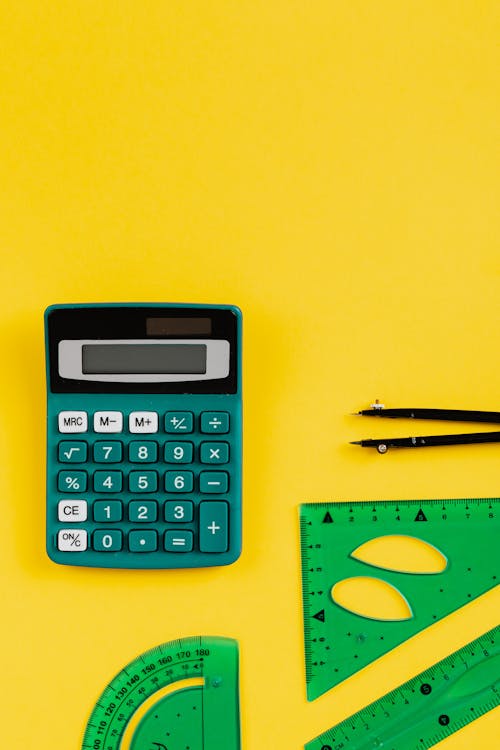How the Empirical Rule Calculation Works
To understand the Empirical Rule (also known as the 68-95-99.7 rule), follow these steps:
- Collect a set of data that follows a normal distribution.
- Calculate the mean (\( \mu \)) of the dataset.
- Calculate the standard deviation (\( \sigma \)) of the dataset.
- Use the Empirical Rule to estimate the percentage of data that falls within a certain number of standard deviations from the mean:
- 68% of the data falls within 1 standard deviation (\( \mu \pm \sigma \)) of the mean.
- 95% of the data falls within 2 standard deviations (\( \mu \pm 2\sigma \)) of the mean.
- 99.7% of the data falls within 3 standard deviations (\( \mu \pm 3\sigma \)) of the mean.
- Use these percentages to assess the spread of data and make predictions based on the normal distribution.
The Empirical Rule is a useful tool for quickly estimating how data is distributed in a bell-shaped curve. It works best when the dataset follows a normal distribution, allowing you to make inferences about data spread with ease.
Extra Tip
If you know the mean and standard deviation of your dataset, you can predict that approximately:
- 68% of your data will fall between \( \mu - \sigma \) and \( \mu + \sigma \).
- 95% of your data will fall between \( \mu - 2\sigma \) and \( \mu + 2\sigma \).
- 99.7% of your data will fall between \( \mu - 3\sigma \) and \( \mu + 3\sigma \).
Example: If you have a dataset with a mean of 100 and a standard deviation of 15, you can apply the Empirical Rule:
- 68% of the data will fall between 85 (100 - 15) and 115 (100 + 15).
- 95% of the data will fall between 70 (100 - 2 * 15) and 130 (100 + 2 * 15).
- 99.7% of the data will fall between 55 (100 - 3 * 15) and 145 (100 + 3 * 15).
The Empirical Rule Formula
The formula for applying the Empirical Rule is based on the mean (\( \mu \)) and standard deviation (\( \sigma \)) of a dataset:
- \( \mu \) – Mean of the dataset (the average value).
- \( \sigma \) – Standard deviation of the dataset (a measure of the spread of the data).
To apply the Empirical Rule:
\[ \text{Data Range for } 68\% = \mu \pm \sigma \]
\[ \text{Data Range for } 95\% = \mu \pm 2\sigma \]
\[ \text{Data Range for } 99.7\% = \mu \pm 3\sigma \]
The Empirical Rule provides a quick and easy way to estimate the spread of a dataset, assuming the data follows a normal distribution. It is a reliable method for understanding how most data in a bell-shaped curve is distributed.
Example
Understanding the Empirical Rule
The **Empirical Rule** (also known as the **68-95-99 rule**) is a statistical rule that applies to normal distributions, stating that for a bell-shaped curve:
- Approximately **68%** of the data lies within **1 standard deviation** of the mean.
- Approximately **95%** of the data lies within **2 standard deviations** of the mean.
- Approximately **99.7%** of the data lies within **3 standard deviations** of the mean.
Empirical Rule Formula
The general form of the Empirical Rule for a normal distribution is as follows:
\[ \text{Mean} \pm 1\sigma \quad \text{(68%)}, \quad \text{Mean} \pm 2\sigma \quad \text{(95%)}, \quad \text{Mean} \pm 3\sigma \quad \text{(99.7%)} \]Where:
- Mean is the average of your data set.
- \(\sigma\) is the standard deviation of your data set.
Example:
If you have a data set with a mean of **50** and a standard deviation of **5**, you can apply the Empirical Rule as follows:
- Step 1: **68%** of the data will lie between: \( 50 - 5 \) and \( 50 + 5 \), i.e., between **45** and **55**.
- Step 2: **95%** of the data will lie between: \( 50 - 2(5) \) and \( 50 + 2(5) \), i.e., between **40** and **60**.
- Step 3: **99.7%** of the data will lie between: \( 50 - 3(5) \) and \( 50 + 3(5) \), i.e., between **35** and **65**.
Applications of the Empirical Rule
Understanding the Empirical Rule helps in several ways:
- Evaluating data spread and understanding variability in a data set.
- Identifying outliers and unusual data points (values outside of 3 standard deviations).
- Making predictions and understanding the likelihood of events within specific ranges in a normal distribution.
Real-life Examples
The Empirical Rule is often used in the following areas:
- Finance: Assessing the distribution of returns in stock prices.
- Education: Analyzing test scores to determine typical performance ranges.
- Quality Control: Identifying defects in manufacturing processes by analyzing product measurements.
| Problem Type | Description | Steps to Solve | Example |
|---|---|---|---|
| Understanding the Empirical Rule | The Empirical Rule describes the distribution of data in a normal distribution. |
|
If the mean is 50 and the standard deviation is 5,
|
| Calculating Data Range for 1 Standard Deviation | Determining the data range within 1 standard deviation from the mean. |
|
If the mean is 50 and the standard deviation is 5, \[ \text{Range} = 50 \pm 5 = \text{45 to 55} \] |
| Calculating Data Range for 2 Standard Deviations | Finding the data range within 2 standard deviations from the mean. |
|
If the mean is 50 and the standard deviation is 5, \[ \text{Range} = 50 \pm 2(5) = 40 \text{ to } 60 \] |
| Real-life Applications of the Empirical Rule | Using the Empirical Rule in practical scenarios, such as quality control or test score analysis. |
|
If a class’s test scores have a mean of 75 and a standard deviation of 10,
|










